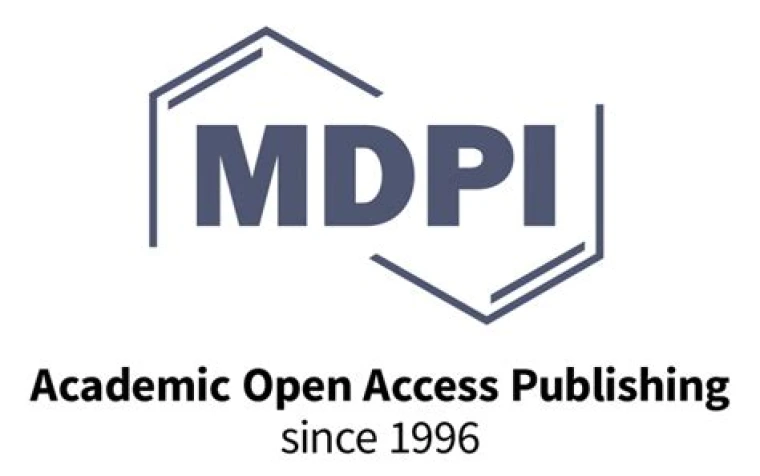Green infrastructure (GI) has been proposed as a decentralized solution to complex urban water management issues. However, public policy remains a critical challenge for the wide adoption of GI, which is exacerbated in transboundary settings. We draw from public policy theory to analyze GI policies at the US–Mexico border. We examine the case of Ambos Nogales—two sister cities grappling with complex water management challenges. We examined existing policies and evaluated their impact on the implementation of GI at multiple levels (local, state, national, and binational). We also conducted interviews and a focus group with stakeholders. Our analysis unveils a set of barriers to the adoption of GI and a suite of opportunities for the enactment of GI policies. We outline five pathways for greening border cities, including (i) creating market-based GI incentives, (ii) adopting the net-zero urban water approach, (iii) engaging with existing institutions for greening efforts, (iv) planning for a GI network at the watershed scale, and (v) supporting local champions. By addressing shortcomings of policy and regulatory frameworks hindering local capacity, border cities will be more likely to adopt and widely implement GI solutions for more sustainable urban water management.


